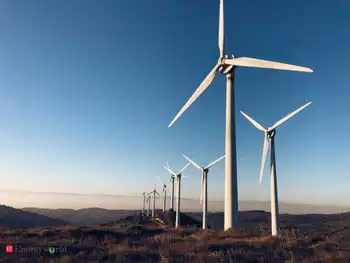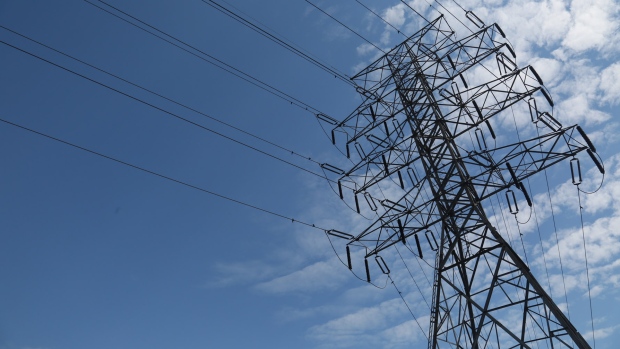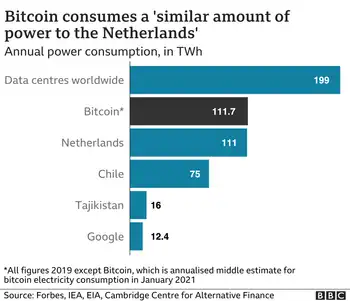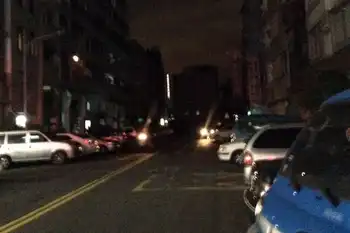Where to invest: smart grid or renewable energy?
By Reuters
Electrical Testing & Commissioning of Power Systems
Our customized live online or in‑person group training can be delivered to your staff at your location.

- Live Online
- 12 hours Instructor-led
- Group Training Available
In the United States and the European Union, governments are backing smart grid and renewable energy programs. Undoubtedly, the two technologies go hand-in-hand, but where should we put our efforts (and dollars/euros) first? What is a smart grid?
According to the U.S. Department of Energy:
Grid 2030 vision calls for the construction of a 21st century electric system that connects everyone to abundant, affordable, clean, efficient, and reliable electric power anytime, anywhere. We can achieve this through a smart grid, which would integrate advanced functions into the nation's electric grid to enhance reliability, efficiency, and security, and would also contribute to the climate change strategic goal of reducing carbon emissions.
These advancements will be achieved by modernizing the electric grid with information-age technologies, such as microprocessors, communications, advanced computing, and information technologies.
President Obama has funded smart grid technologies in the Economic Stimulus Package, and there is no doubt that a large amount of power is wasted with our current grid system; however, would it be better to invest in renewable energy now? Off-Grid explains:
The greedy and slothful companies are in fact motivated by billions of economic stimulus dollars being handed out. The stimulus money could be used more effectively installing renewable power and microgrids in local communities. Harvesting extra efficiency from the national grid could postpone the next power plant, but so could introducing widespread household-level renewables. Installing micro-grids everywhere would cut down on the losses made in transmission.
The current national grid system is inefficient. Large amounts of power is lost in transmission and generating stations. Off-Grid reports:
Transmission and distribution lines are imperfect conductors, with over 10% of power lost as heat. If these so-called line losses were reduced by a tenth on the distribution system alone, the power saved would equal all the wind generation installed in the U.S. in 2006, according to the industry's Electric Power Research Institute, or EPRI. That's 2,454 megawatts, or approximately the equivalent of three typical coal-fired power plants.
Why haven't the utility companies already implemented smart grid technologies using their own profits? The answer is because they are motivated by money, and there has been no incentive to do so until Obama's stimulus package came along. The European Union faces another problem from its aging grid system.
According to a report from Europe's leading science academies, the EU will not be able to distribute the renewable energy (20% of all energy) they have committed to build by 2020. In fact, problems with the EU grid could appear as soon as 2011. A solution is to create off-grid and micro-grid supplies for small communities rather than overhaul the entire grid system. Off-Grid explains:
Scandinavian countries potentially have excess capacity in hydroelectric plants that could, ideally, be sold to places such as Germany. If agreements can be made with north African countries, solar power collected in the Sahara desert could be transported up into southern Europe. "In order to do that, you need to design the transmission system so it can cope with the large power flows through existing countries' networks (but) Italy's transmission system is not designed for that, nor is Spain's."
Distributing energy efficiently is important no matter the source, but we need to invest in alternative energy now. Creating micro grids that use renewable energy seems like the logical first step while the larger grid infrastructure system is improved.











